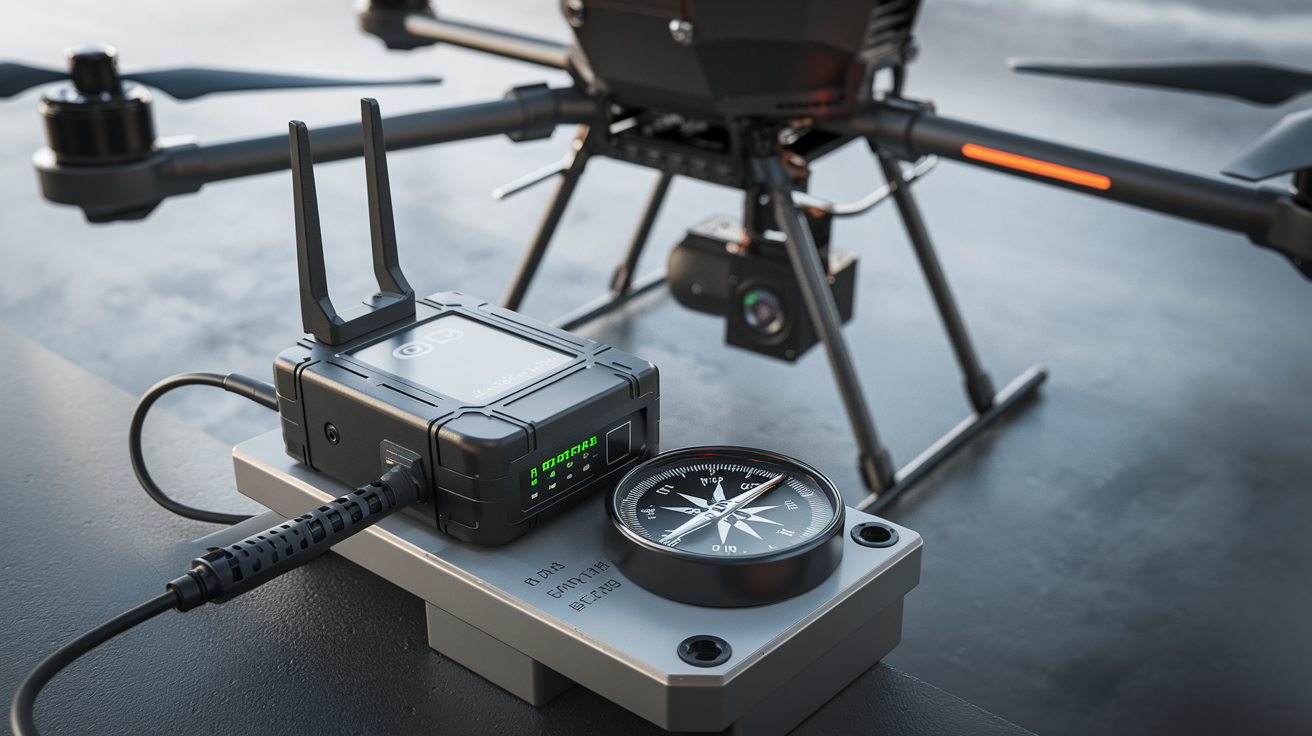The UAV (Drone) Navigation System Market is forecasted to expand significantly, growing from USD 960 million in 2024 to USD 1,520 million by 2029 at an 11.2% CAGR. The rapid integration of UAVs across industries—particularly in military, commercial, and public safety—drives demand for robust, high-precision navigation systems. As technologies evolve, UAVs are taking on critical roles in tasks such as surveillance, logistics, and infrastructure monitoring, with advanced navigation systems enabling accurate, autonomous operations.

Download PDF Brochure @
https://www.marketsandmarkets.com/pdfdownloadNew.asp?id=189356853
Key Growth Drivers
- Rising Defense and Security Needs:
- Military Applications: Governments are heavily investing in UAV navigation systems for defense purposes. Military UAVs rely on high-precision navigation for critical missions, including reconnaissance and precision targeting. The ability to perform Beyond Line of Sight (BLOS) operations in remote areas makes UAVs a vital tool in modern warfare.
- Public Safety and Law Enforcement: UAVs aid in monitoring, crowd control, search and rescue, and tactical surveillance. Navigation systems with features like extended range and autonomous capabilities are crucial for operational efficiency in urban and disaster-prone areas.
- Growth in Commercial UAV Applications:
- Agriculture, Infrastructure, and Delivery Services: Drones are revolutionizing industries by performing aerial mapping, monitoring, and package delivery. For instance, precision agriculture relies on drones for field mapping and crop health assessment, tasks that depend on reliable navigation systems for efficiency and accuracy.
- Regulatory Support: Evolving regulatory frameworks worldwide are enabling more Beyond Visual Line of Sight (BVLOS) operations, expanding UAV applications in logistics, surveillance, and inspection, which require advanced navigation systems.
- Technological Advancements:
- AI and Autonomous Capabilities: AI-driven navigation systems offer UAVs enhanced autonomy, reducing the need for human intervention and improving operational range. This has accelerated the use of fully autonomous drones in tasks requiring high reliability and precision.
- Advanced Sensors and GPS: State-of-the-art sensors, GPS, and Inertial Measurement Units (IMUs) ensure precise positioning and navigation, even in GPS-denied environments. The integration of sensor fusion further enhances reliability, a critical feature for UAVs operating in dynamic environments.
Market Segmentation Insights
- By Solution (Hardware and Software):
- The hardware segment dominates due to the essential nature of GPS, IMUs, and other critical navigation components. However, software solutions—such as mapping, route optimization, and AI-driven analytics—are experiencing faster growth, supporting complex functionalities like autonomous navigation and obstacle avoidance.
- By Range:
- Visual Line of Sight (VLOS): Often used for short-range applications in commercial sectors.
- Extended Visual Line of Sight (EVLOS): Used in applications that require extended range, such as surveying and monitoring.
- Beyond Line of Sight (BLOS): Enabling drones to perform extended missions autonomously, widely adopted in military and large-scale commercial operations.
- By Application:
- Military: Dominates due to extensive use in reconnaissance and combat applications.
- Commercial: Includes logistics, agriculture, and infrastructure inspection.
- Public Safety: Law enforcement and disaster response applications are increasingly reliant on drones.
Regional Analysis
- North America: Leads the market due to significant defense investments and a strong commercial UAV sector. The U.S. has pioneered the adoption of fully autonomous drones for both defense and civilian applications, leveraging advances in AI and sensor technologies.
- Europe: Regulatory support for drone usage in commercial sectors and focus on environmental sustainability drive demand. Countries like Germany and the UK are at the forefront of UAV R&D, particularly in urban air mobility and infrastructure inspection.
- Asia-Pacific: Experiences high growth due to increasing demand for UAVs in agriculture, logistics, and defense, especially in China, Japan, and India. The region is emerging as a hub for UAV manufacturing and deployment.
- Middle East & Latin America: Growing demand for UAVs in border monitoring and resource management applications fosters market expansion.
Competitive Landscape
Leading players include Analog Devices (US), DJI (China), Honeywell Aerospace (US), Northrop Grumman Corporation (US), and Collins Aerospace (US). These companies focus on research and development to enhance product capabilities, expand market reach, and innovate in areas like autonomous navigation, data security, and AI-driven analytics. The competitive landscape is marked by partnerships, acquisitions, and product launches as companies aim to meet the growing demand for sophisticated UAV navigation systems.
Market Trends and Future Outlook
- Increased Focus on AI and Autonomous Navigation: AI-driven navigation is enabling UAVs to perform complex tasks with minimal human oversight, such as urban logistics, agricultural monitoring, and real-time surveillance.
- Enhanced Security and Cybersecurity: As UAVs become integral to critical infrastructure, ensuring cybersecurity is a priority. Companies are investing in encrypted communication protocols to safeguard UAV navigation systems from cyber threats.
- Expansion of BVLOS Operations: As BVLOS regulations evolve, drones are expected to take on more tasks that require extended operational ranges, particularly in commercial applications such as delivery and inspection.
Ask for Sample Report @
https://www.marketsandmarkets.com/requestsampleNew.asp?id=189356853
The UAV Navigation System Market is poised for substantial growth, fueled by technological advancements and expanding applications across sectors. The integration of autonomous features, AI, and sensor fusion is set to redefine the capabilities of UAVs, making them indispensable tools for modern operations in defense, commercial, and public safety. With increasing investments in R&D and regulatory support, the UAV navigation system industry is primed for innovation and significant market expansion through 2030.
